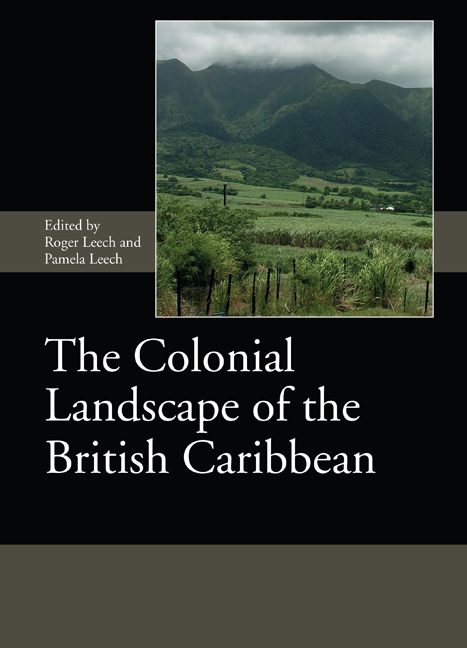2 - Tropical Similarities Found in Military Barracks, Hospitals and Other Structures in the West Indies and British Florida Parishes
Published online by Cambridge University Press: 31 March 2021
Summary
SUMMARY: Although British Florida Parishes existed only between 1763 and 1781, the National Archives (TNA) for the UK Government and for England and Wales, formerly known as the Public Records Office (PRO) has surviving plans and drawings of military projects built and not built. This research project explored reasons for similarities in the use of tropical devises found in plans and on the surviving barracks and hospitals found in former Florida Parishes and the Caribbean. The TNA drawings are of interest because a project intended for one colony may be built in another instead or similar projects appear in several different colonies. British troops and colonists brought to the Florida Parishes from Jamaica may have actually resolved some of the heat complaints of troops brought over from Scotland and England. For example, piazzas became commonplace in the southeastern United States during and after the brief existence of the Florida Parishes but were rare before 1763. What influence did British engineers have on civilian houses by providing barracks, hospitals, and other military structures with shaded piazzas? When do tropical considerations appear in the Greater Caribbean at the same time or earlier? Lastly, why are similar plans and styles to be found in the Florida Parishes and the West Indies?
INTRODUCTION
Fortifications are among the earliest structures built by the English in the New World, beginning with Guayanilla Bay Fort in Puerto Rico, May 1585, Lanes Fort near Cape Rojo in Puerto Rico, late May 1585, and Fort Raleigh, Roanoke Island, North Carolina, August 1585. The plans of the first two forts were recorded by John Smith and were roughly square with timber curtain walls and bastions, wet ditches, and a water entrance. These sea coast forts were large enough to defend the passengers and crew of their ship. In Puerto Rico the English defended themselves against the Spanish, but Native Americans were added to their defense plan at Roanoke Island.
Although the next attempt, Fort St George in Maine, August 1607, was abandoned in 1608. James Fort or the Southern Colony, also established in 1607, and became the first permanent English settlement in the Americas. It was a triangular fort with corner bastions built of timber to protect the entire encampment. The colony quickly outgrew the protection of its walls and Jamestown was established outside the walls.
- Type
- Chapter
- Information
- The Colonial Landscape of the British Caribbean , pp. 15 - 38Publisher: Boydell & BrewerPrint publication year: 2021

